What to plant in zone 4: expert advice on the plants that will thrive
Discover which plants are best suited to your outside space if you live in US hardiness zone 4
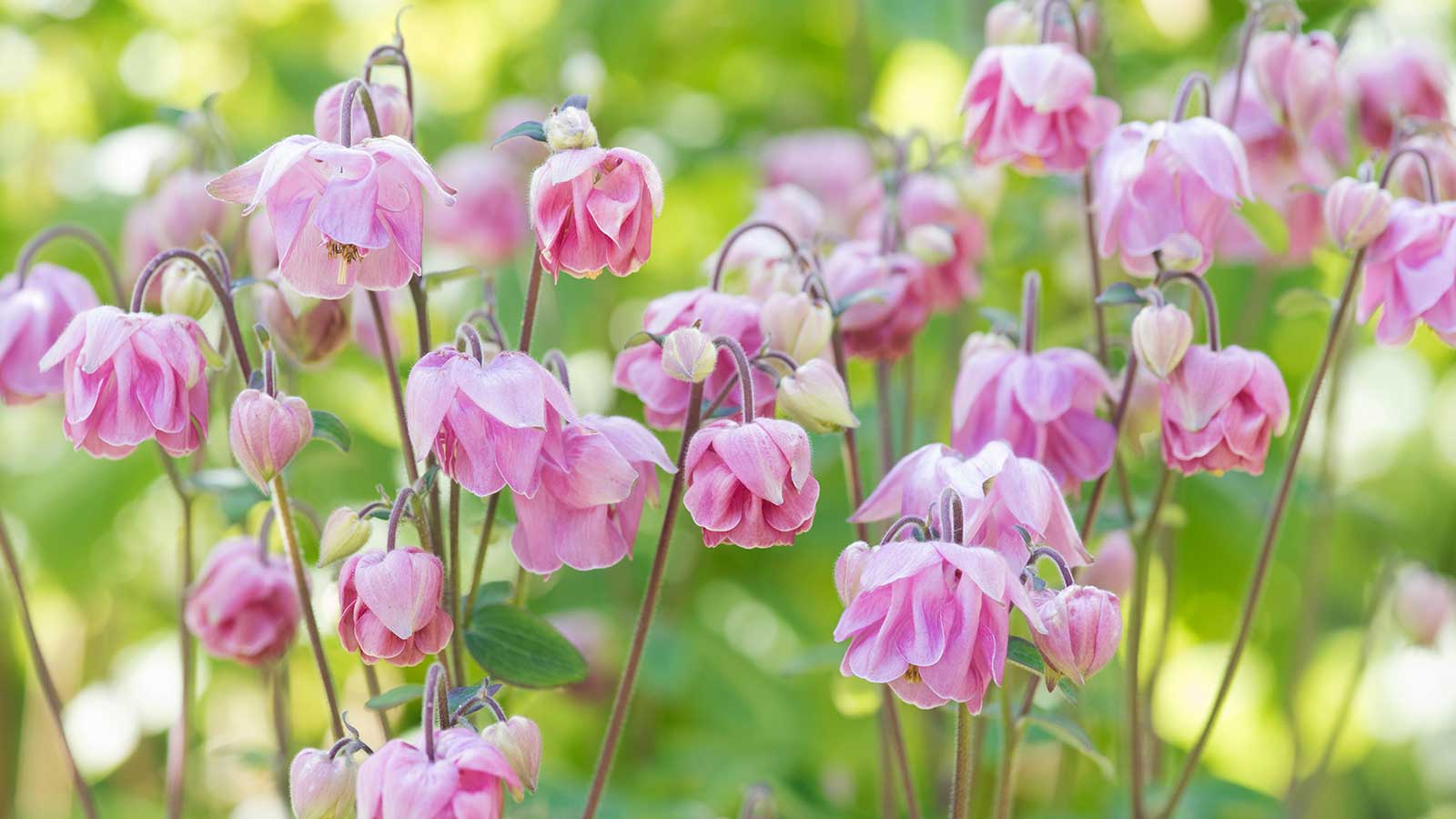

All the plants that we grow in our backyards are derived from plants that grow wild somewhere across the world and which have adapted to local conditions. Across North and South America, knowledge of the uses and needs of our native wild flowers has been passed down from one generation to the next, often through the healers of native peoples.
In recent centuries, explorers have brought attractive or useful plants back from their travels and tried to grow them in North America. Sometimes they did well, sometimes they faded away, and sometimes they grew well in the summer but failed to survive the winter.
So now our yards and gardens feature a mix of native plants and plants from around the world – all with their own needs and, in particular, all with their own degree of tolerance of winter cold. Low winter temperatures, leading to frozen soil and frozen plant roots, will kill some plants but not those that have adapted to cold conditions. But how do we know which plants will be killed by our winters and which will survive? How do we access the wisdom of generations and the latest scientific research to help us? This is where the USDA hardiness zones come in. Here we take a comprehensive look at what this means and, specifically, which plants will thrive if you live in zone 4.
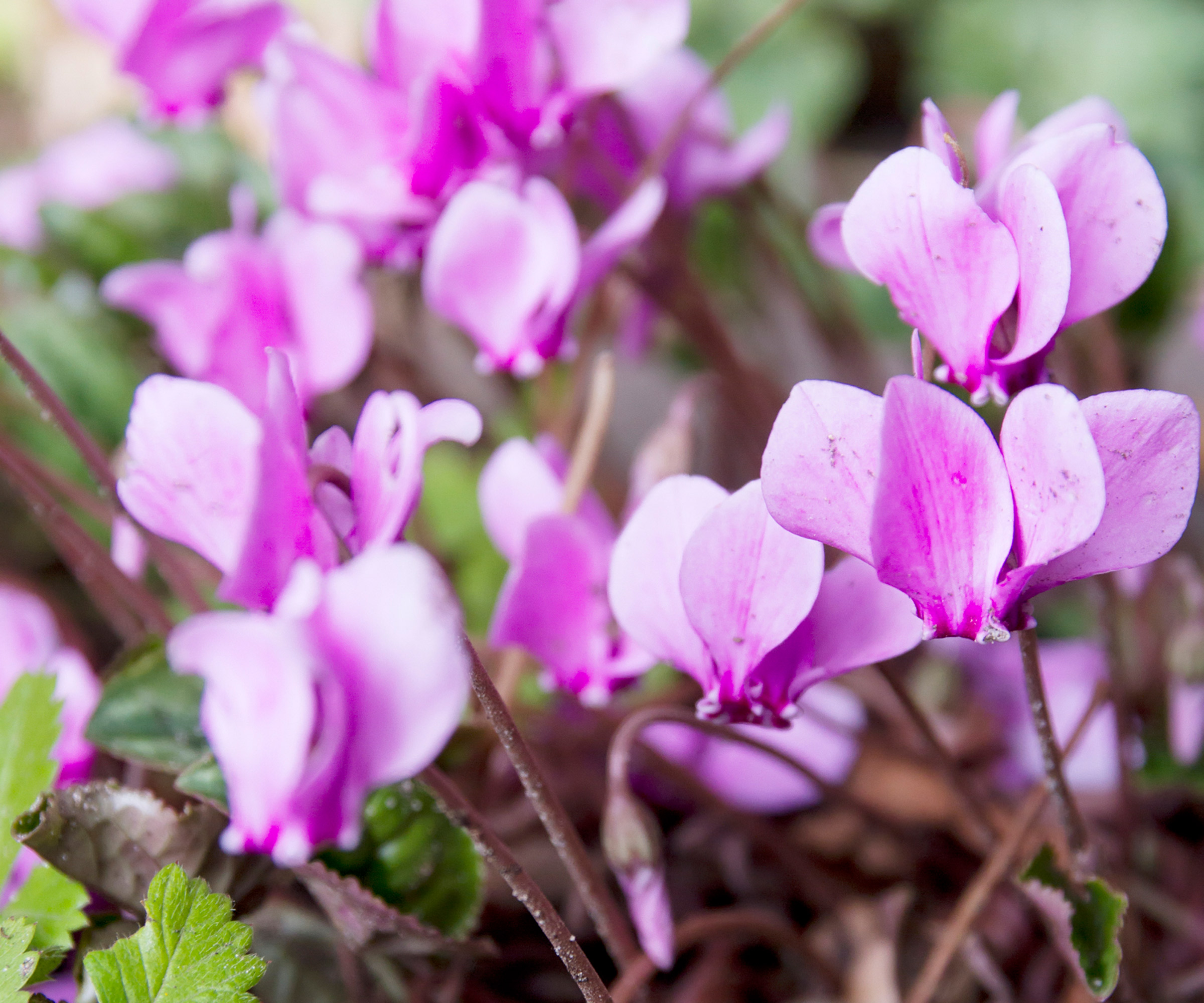
What are the USDA hardiness zones?
The United States Department of Agriculture has collated historical winter weather data recorded at thousands of weather stations across the country over the last twenty years. With that data, it created a map showing the areas with the coldest winter temperatures, the areas with the warmest winter temperatures and those in between – 13 zones in all.
Zone 1 is the very coldest zone and zone 13 covers the areas with the warmest winter temperatures. Most zones are again split into two, zone 4a and zone 4b, for example, where greater accuracy is needed.
The lowest winter temperatures in zone 4 are between -30°F and -20°F. Zone 4a has a minimum average temperature of -30°F to -25°F and zone 4b has a minimum average temperature of -25°F to -20°F.
To complement the hardiness zones, horticulturalists and home gardening experts have used their research, their experience and their expertise to assign just about every plant we could possibly want to grow with a hardiness rating indicating the lowest winter temperature that the plant will take.
Then, it’s simply a matter of choosing plants whose hardiness rating matches the hardiness zone of where you live – it’s that simple. The hardiness rating of individual plants will be found on their tags, in catalogs, on websites and in books and magazines.
Choosing plants for zone 4
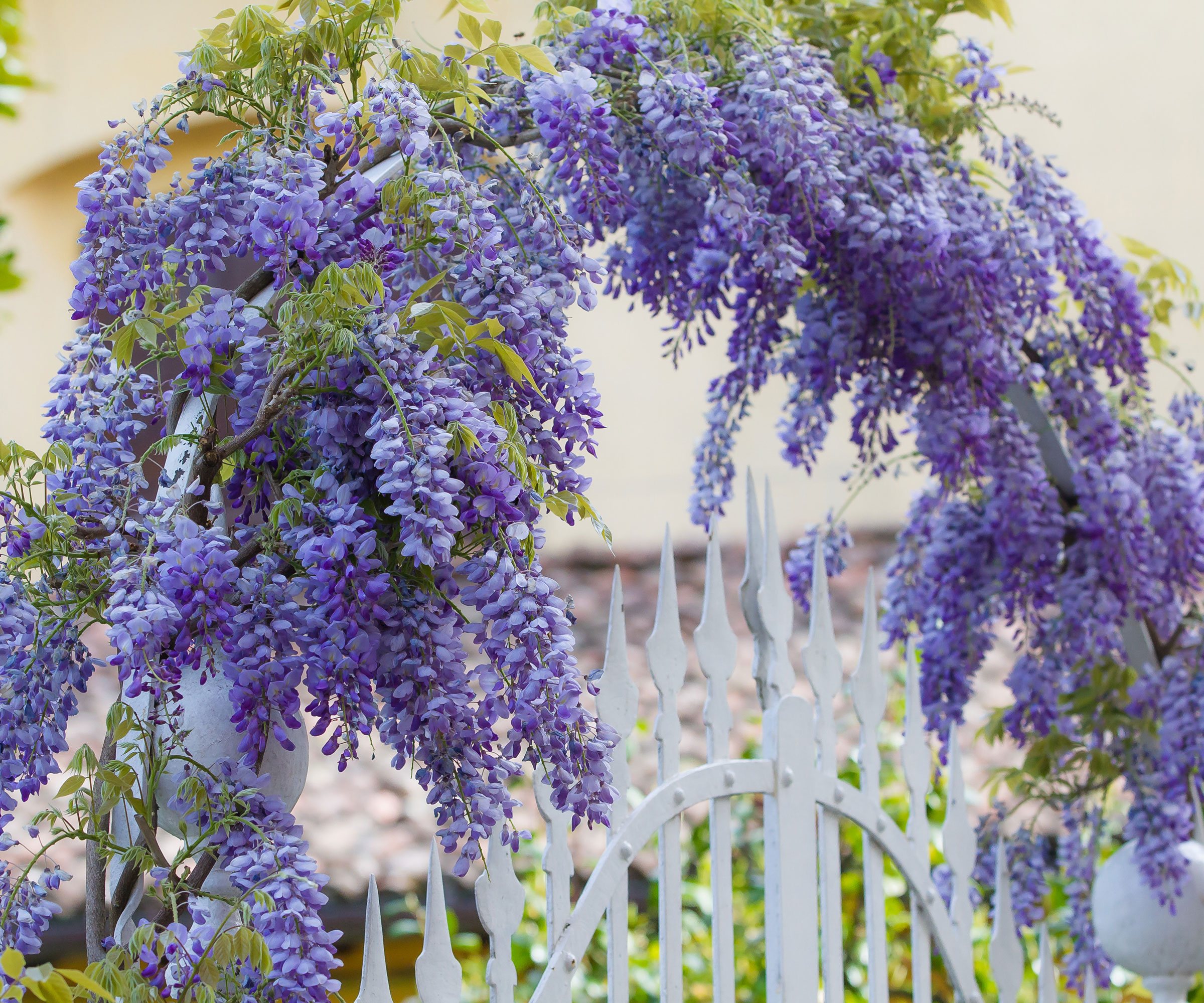
Most online plant nurseries and seed suppliers have a search facility on their website, use this to generate a list of the plants offered by the nursery that are hardy in zone 4. It’s often possible to refine your search to include your preferences for type of plant, flower or foliage color, mature height as well as soil and situation preferences and more.
Your local nursery or garden center should only offer plants that are suited to your local area but it pays to check the information on plant tags as well. If in doubt, ask the nursery staff. You may find that not all staff members have the expertise you need so, if you’re uncertain, ask for an expert who can advise you.
Don’t be shy: staff costs are built in to the price of the plants, so you’re paying for the advice whether you ask for it or not.
A good range of native and non-native plants are suited to zone 4, winters are milder than in colder zones, so more plants will thrive, and summers are not so hot as to exclude plants that do not tolerate high summer temperatures.
Starting with plants, rather than seeds, will steal you a few valuable spring weeks of growing time. Alternatively, as some varieties are usually only available as seeds, start the seeds in a sun room or other light pace where temperatures remain above freezing in spring.
Evergreen trees
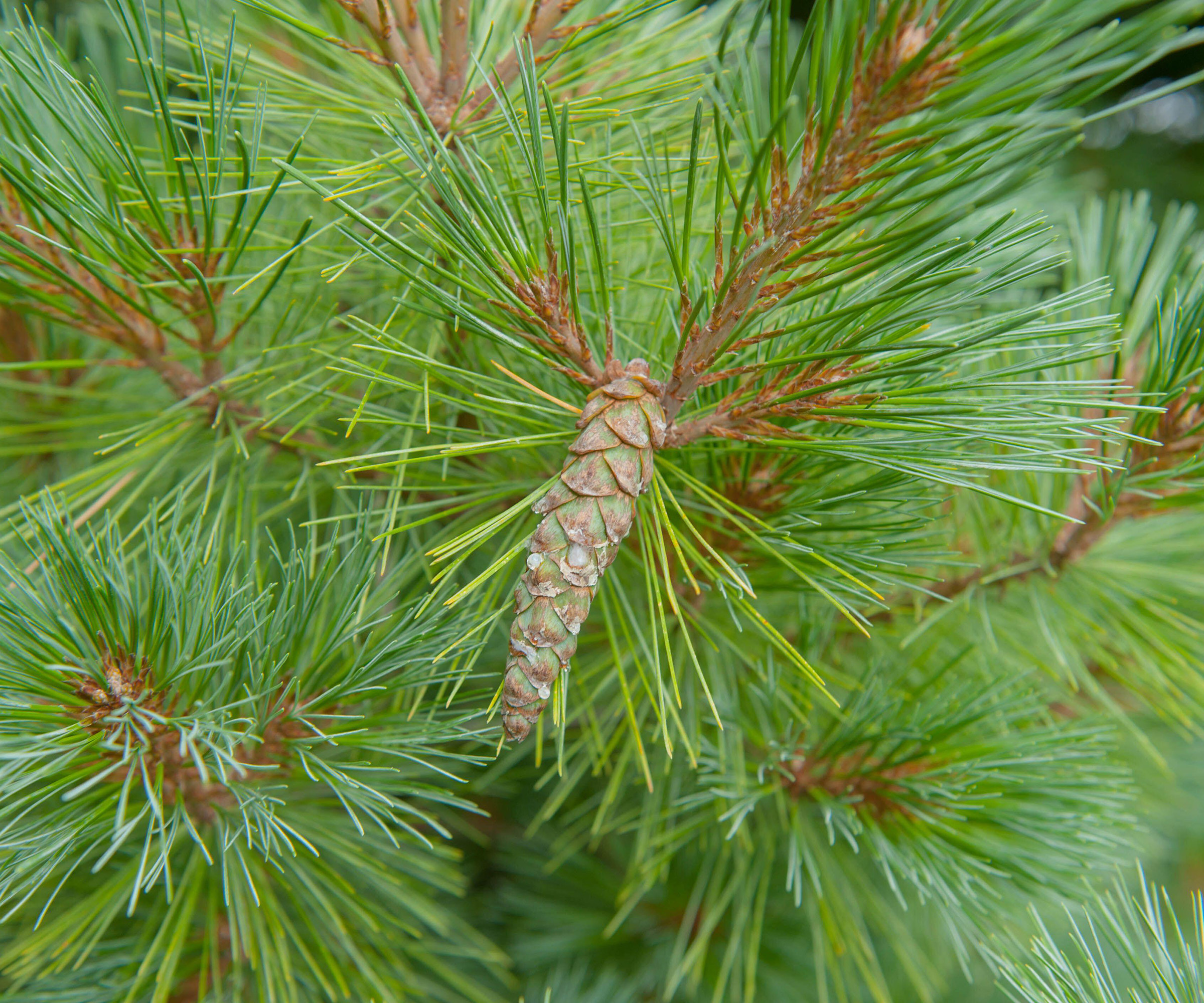
Eastern red cedar (Juniperus virginiana) This native needle evergreen comes in a range of shapes and colors, choose a variety to suit your needs.
Arborvitae (Ahuja occidentalis) Popular, dependable native needle evergreen in many varieties, some turn rich gold in winter. Grows in a wide variety of soils but popular with deer.
Spruces (Picea) Serbian spruce (Picea omorika) and Oriental spruce (Picea orientalis) make elegant trees, often with attractive colored cones.
Also try: Concolor fir (Abies concolor) (a good substitute for Colorado blue spruce), Austrian pine (Pinus nigra), Eastern hemlock (Tsuga canadensis).
You can see the range of evergreen trees available at Fast Growing Trees.
Deciduous trees
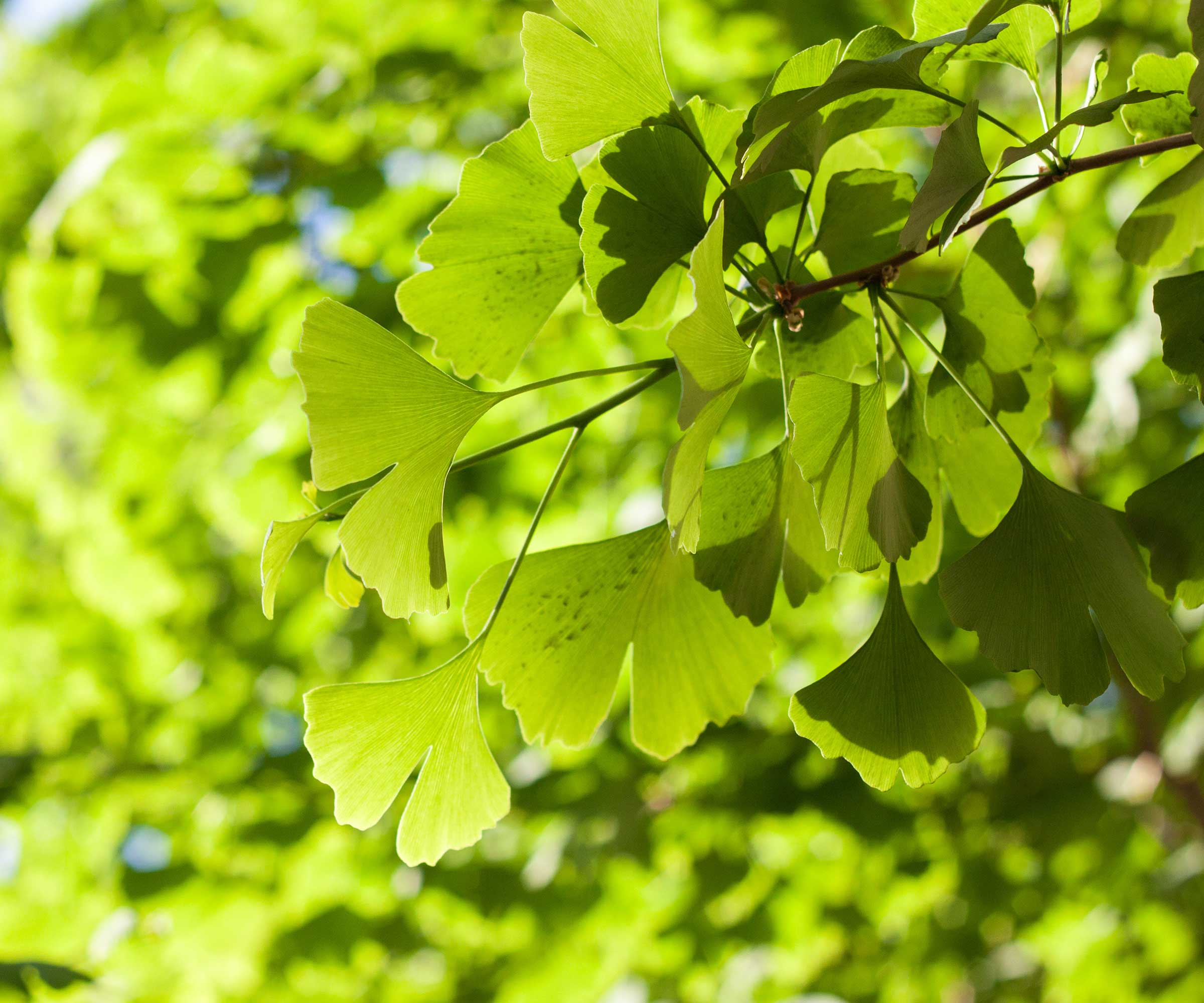
Ginkgo tree (Gingko biloba) Develops into an exceptional specimen, its uniquely fan-shaped leaves turn yellow or gold in fall. Ask for male trees, female trees have smelly fruits.
Saucer magnolia (Magnolia × soulangeana) Makes a superb specimen, elegant in shape with stunning purplish-red, pink or white goblets in spring.
Flowering cherry (Prunus) Brings a short but astonishing display of pink or white flowers, followed in some varieties by yellow or orange fall color.
Also try: Honey locust (Gleditsia triacanthos), Crab apple (Malus), American sycamore (Platanus occidentalis).
Deciduous shrubs
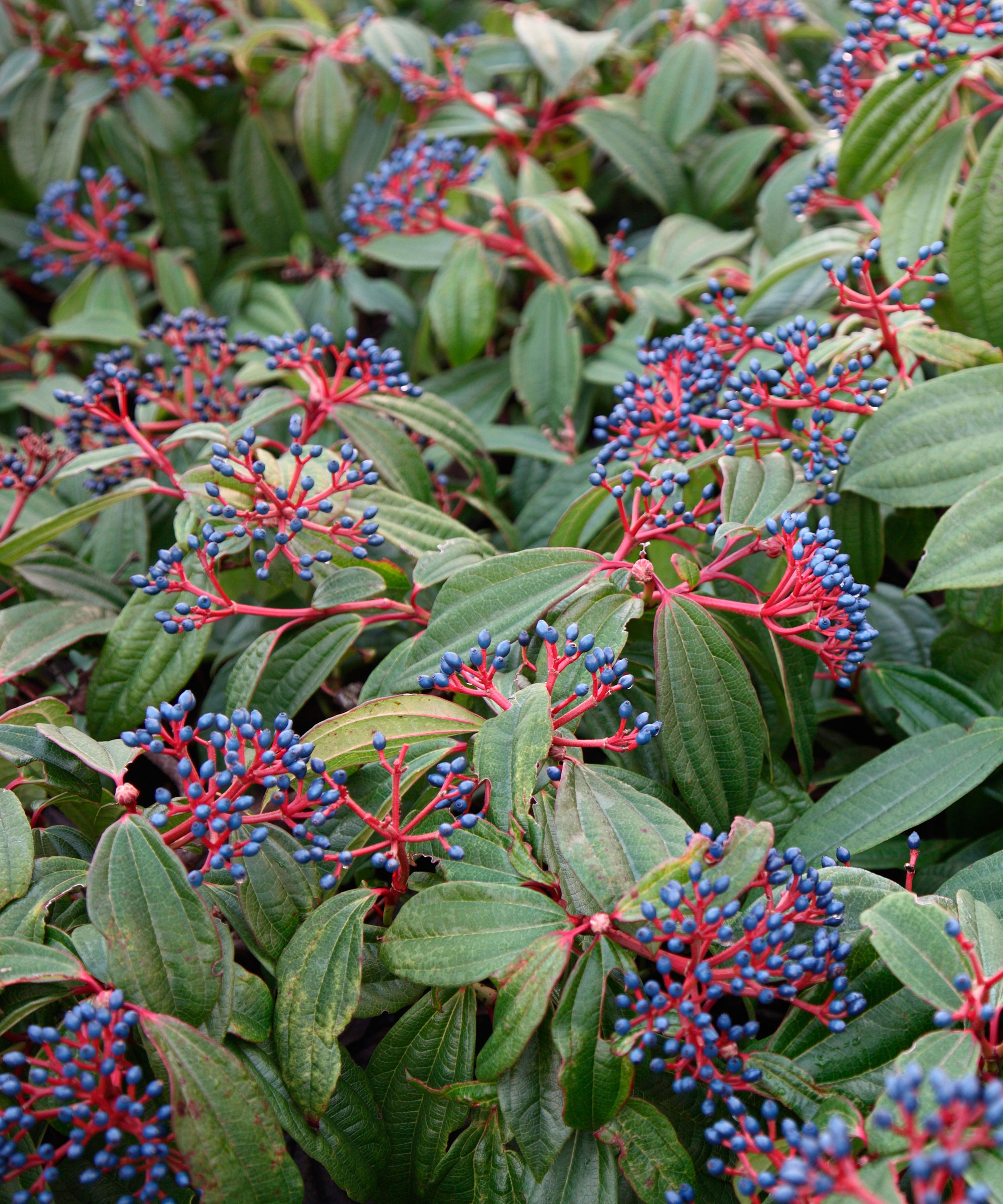
Red buckeye (Aesculus pavia) Impressively colorful in damp shade, with loose spring spikes of orange-red flowers. Popular with hummingbirds.
Winterberry (Ilex verticillata) Neat growing, with long lasting berries in shining scarlet - sometimes orange or yellow. Female (berrying) plants need a male for pollination.
Viburnum (Viburnum x burkwoodii) Super-scented white spring flowers are followed by red berries that mature to black. Best in acid soil, in sun.
Also try: Barberry (Berberis thunbergii) (non-invasive varieties only), Kerria (Kerria japonica 'Pleniflora'), Roses (Rosa Knockout Series, Oso Easy Series).
You can see the range of viburnum shrubs available at Fast Growing Trees.
Evergreen shrubs
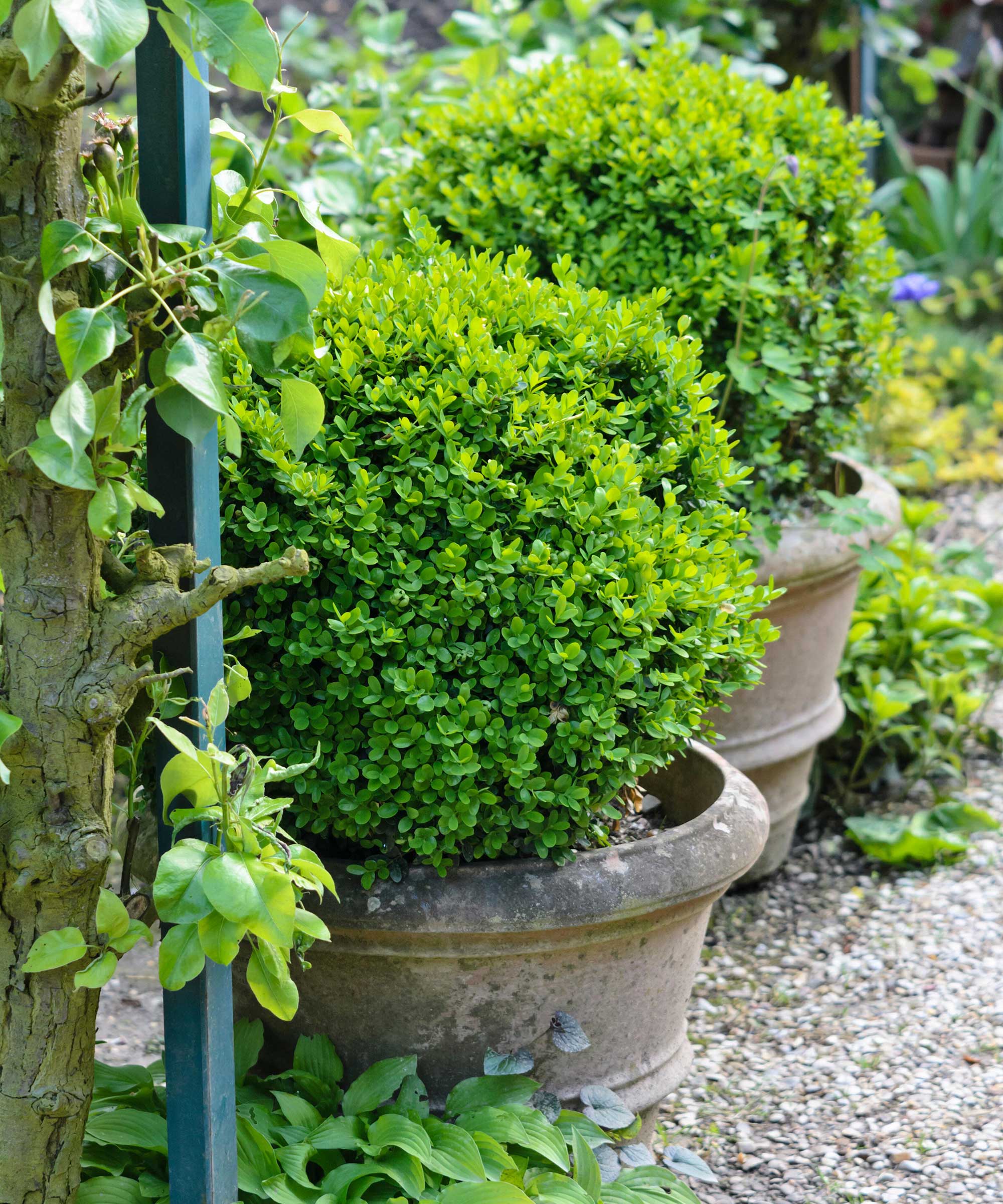
Boxwood (Buxus) Valued for low hedges, foundation planting, and clipping to shape, Chicagoland Green (‘Glencoe’) is the pick but there are many options, some with variegated foliage.
Inkberry (Ilex glabra) Undervalued, highly adaptable native for sun or shade, wet or dry soils, limey soil or lime-free. Many varieties, most with reliable black berries’
Mountain laurel (Kalmia latifolia) Superb flowering shrub for early summer, with generous clusters of prettily marked flowers in combinations of red shades, pinks and white. Needs lime-free soil.
Also try: Heather (Calluna vulgaris), Junipers (Juniperus varieties), Rhododendron (Rhododendron ‘PJM’)
Vines
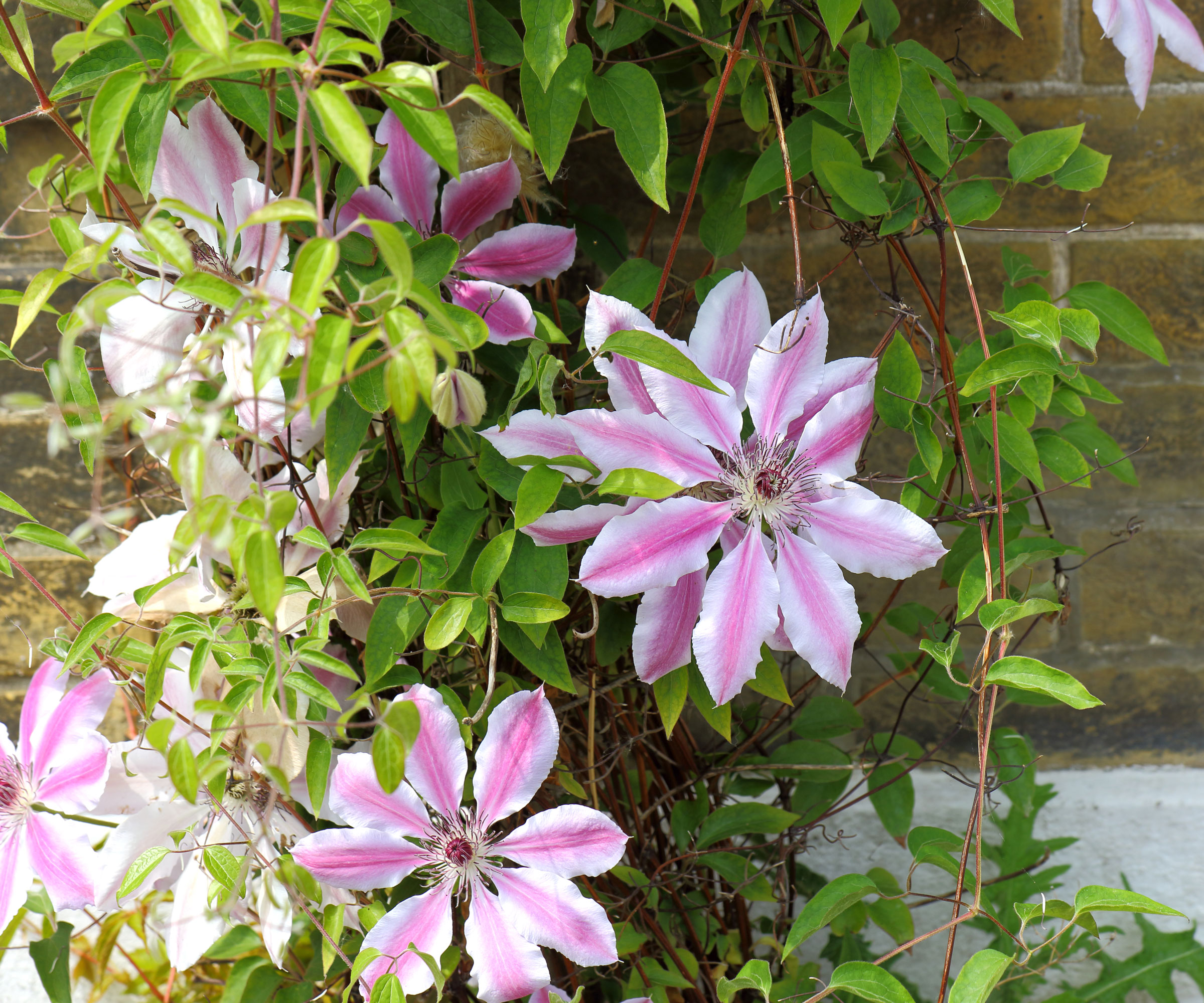
Clematis (Clematis varieties) A large number of mainly single-flowered varieties in a vast variety of colors and clinging by curling leaf stalks. Check the pruning needs of your chosen varieties before reaching for the pruners.
Trumpet honeysuckle (Lonicera sempervirens) Clusters of long red or orange summer flowers open profusely in full sun on this colorful twining native.
American wisteria (Wisteria frutescens) Avoid planting invasive non-native varieties, the twining stems of American wisteria carry pale lilac flowers on vigorously twining vines.
Also try: Kiwi vine (Actinidia arguta), climbing hydrangea (Hydrangea petiolaris), Climbing roses (Rosa varieties).
You can see a wide range of vines available to order from Nature Hills.
Ground covers
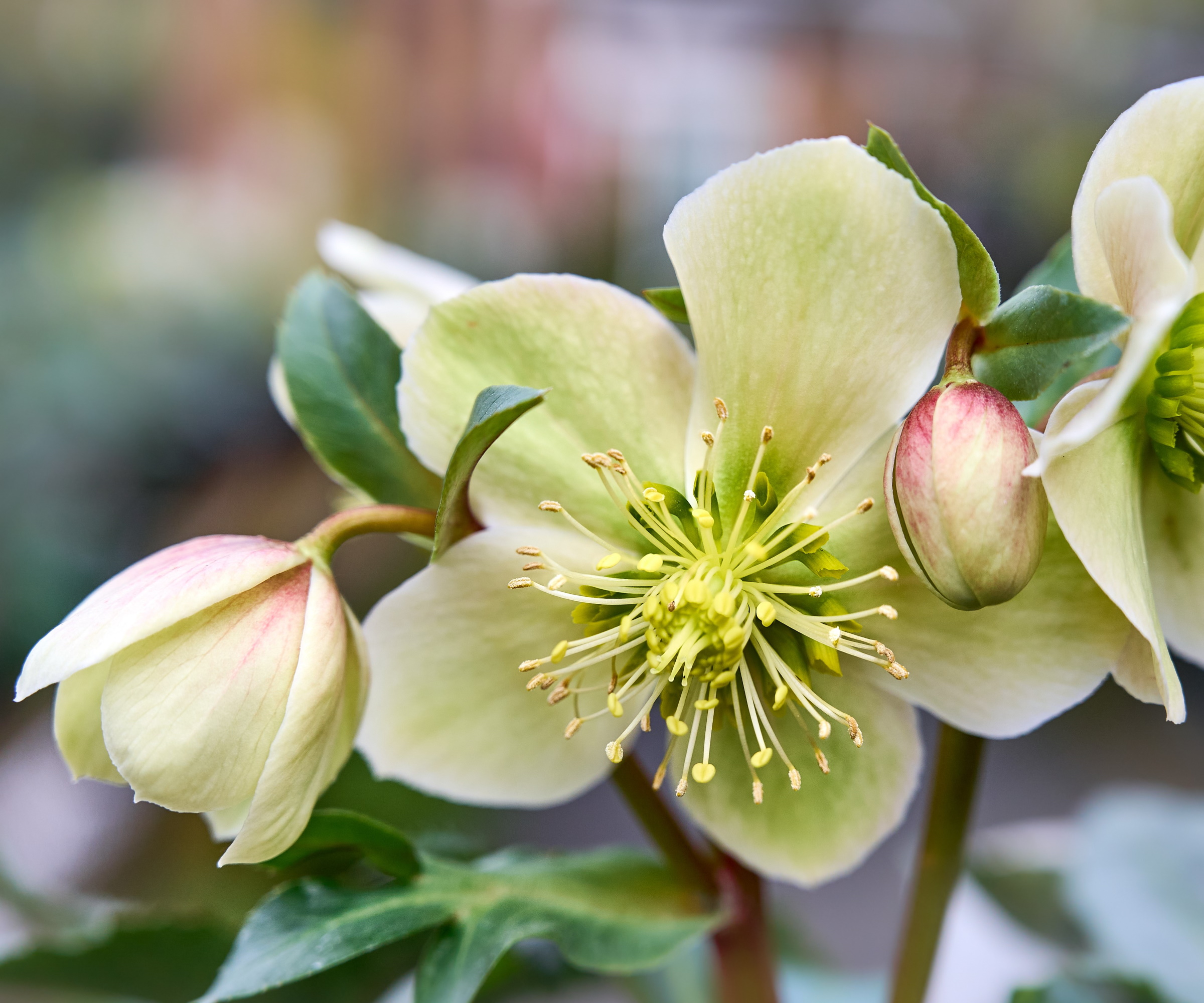
Hellebores (Helleborus x hybridus) Shade loving, early flowering perennials with saucer-shaped flowers in many colors (literally from white to black) and large, bold evergreen leaves.
Foamy bells (Heucherella) Beautifully patterned leaves create a low cover in shade with short spikes of feathery, pink or white spring flowers. Spreads steadily.
Periwinkle (Vinca minor) Low and spreading evergreen, blue or white spring flowers amongst glossy green or prettily patterned leaves. Invasive in warmer zones.
Also try: Hardy geranium (spreading Geranium varieties), Juniper (spreading Juniperus varieties), dead nettle (Lamium maculatum).
Shade perennials
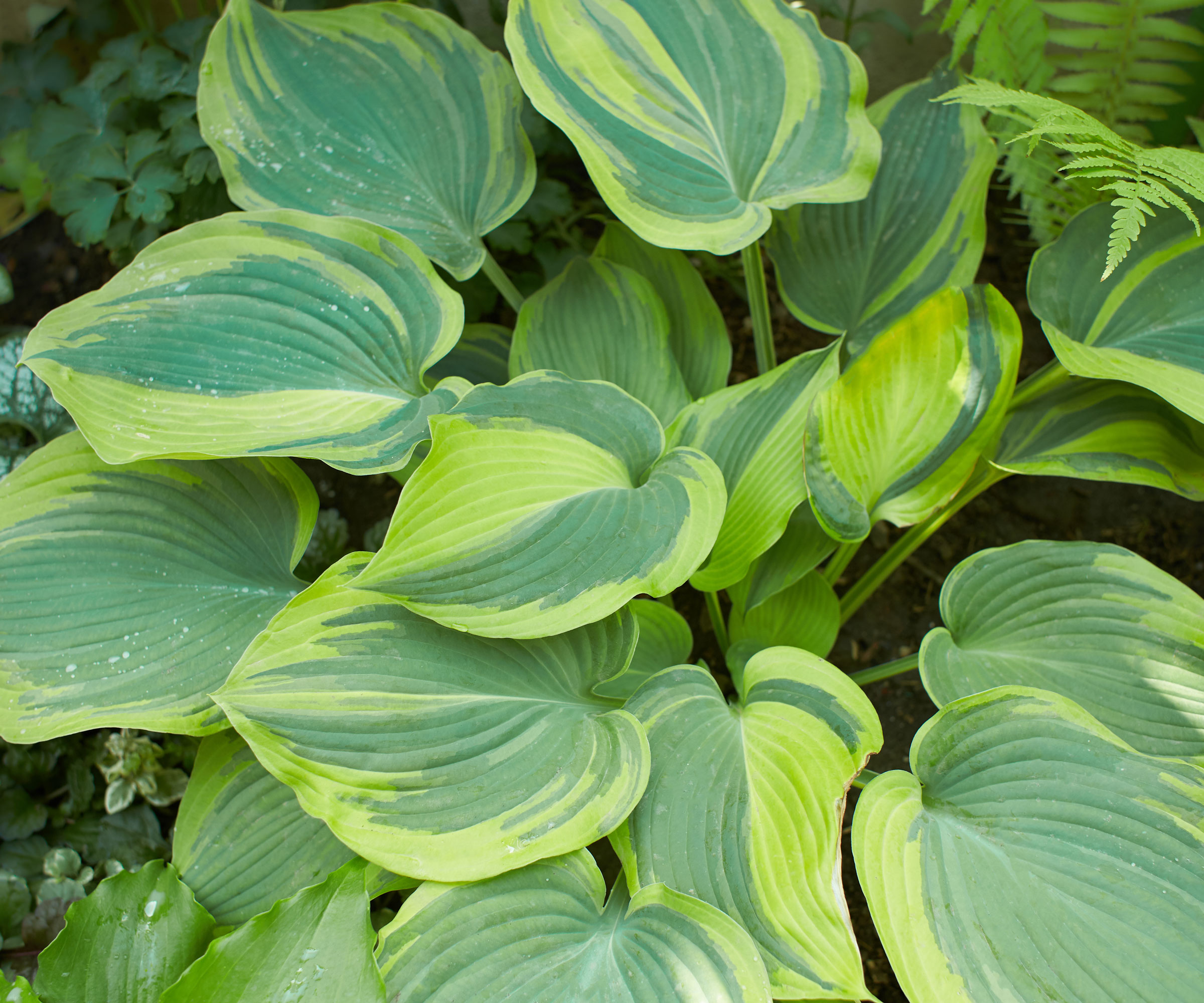
Male fern (Dryopteris filix-mas) Dramatic, but never invasive, fern for almost any soil in a shady place, good with broad-leaved plants including hostas and brunneras.
Cranesbill (Geranium) Many varieties of bushy or spreading plants with attractive toothed leaves and saucer-shaped flowers in blues, pinks, white and bicolors.
Hosta (Hosta) Broad, usually more or less heart-shaped leaves in a huge variety or green, gray-blue, white, cream or yellow leaves, many prettily patterned.
Also try: Bugleweed (Ajuga), Wood anemone (Anemone nemorosa), Hellebore (Helleborus varieties), lungwort (Pulmonaria varieties).
Sun perennials

Rose mallow (Hibiscus) Huge bowl-shaped flowers in reds, purples, pinks, white and bicolors are set against green or bronzed foliage in high summer. Once seen, never forgotten.
Shasta daisy (Leucanthemum) Big and bright white daisies face upwards from dark green foliage. Easy and reliable, double-flowered, frilly and yellow-flowered varieties also now available.
Peony (Paeonia) Classic early summer perennials with single or double flowers in many colors, often surviving for years in neglected gardens.
Also try: Blue star (Amsonia), Daylilies (Hemerocallis), Summer phlox (Phlox paniculata).
You can see the range of full sun perennial plants at Nature Hills.
Spring flowering bulbs
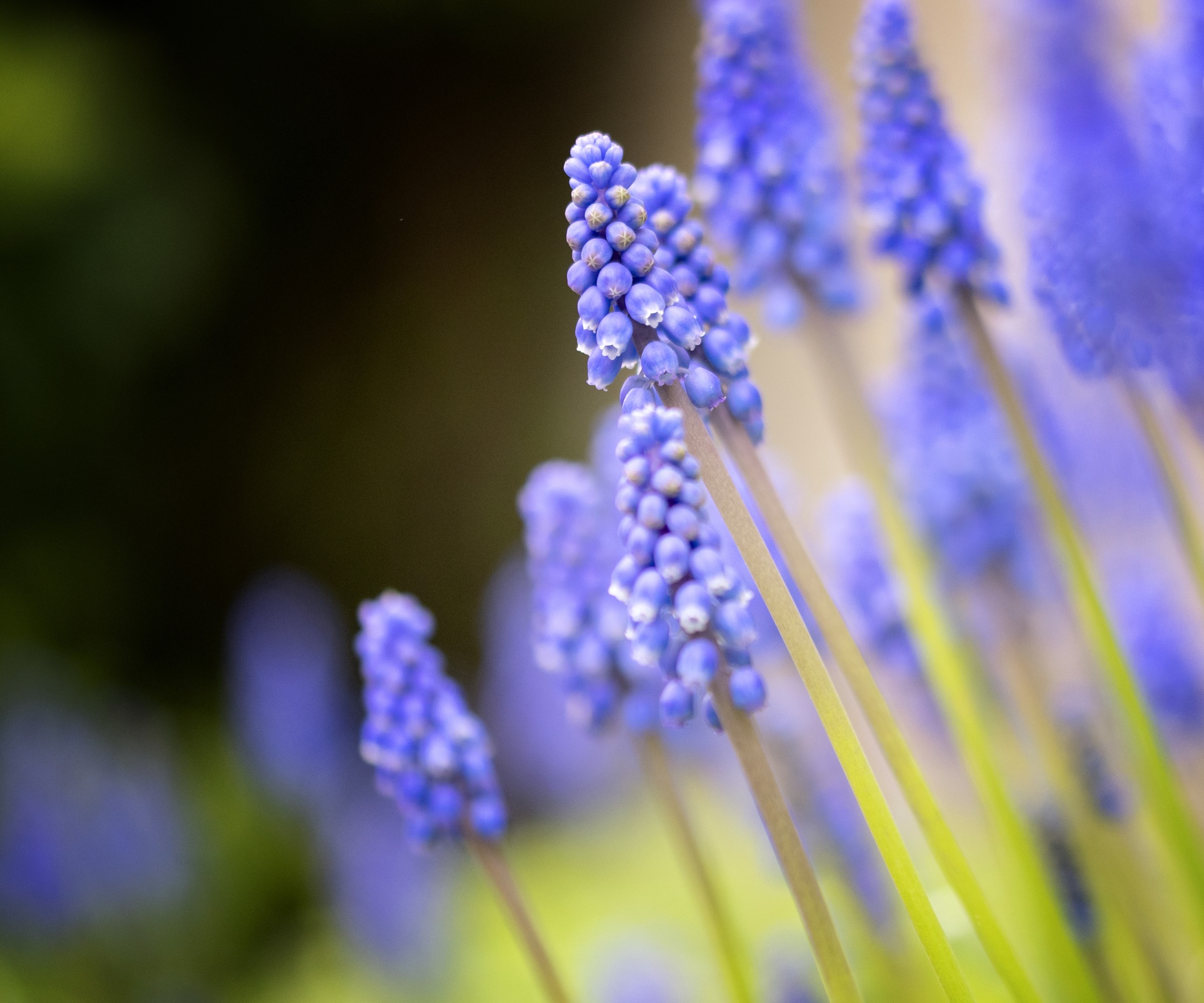
Daffodils (Narcissus) Tough, colorful, deer-resistant and available in a huge range of colors and color combinations. Plant in clumps, most spread steadily.
Crown imperial (Fritillaria imperialis) The most flamboyant of the spring flowering bulbs, clusters of large nodding bells in red, orange and yellow shades.
Grape hyacinth (Muscari) Clusters of small, tightly packed, flowers in many shades of blue, plus white and the occasional pink-flowered variety, are easy-to-grow and spread steadily.
Also try: Glory of the snow (Chionodoxa), Crocus (Crocus), snowdrop (Galanthus)
Summer flowering bulbs
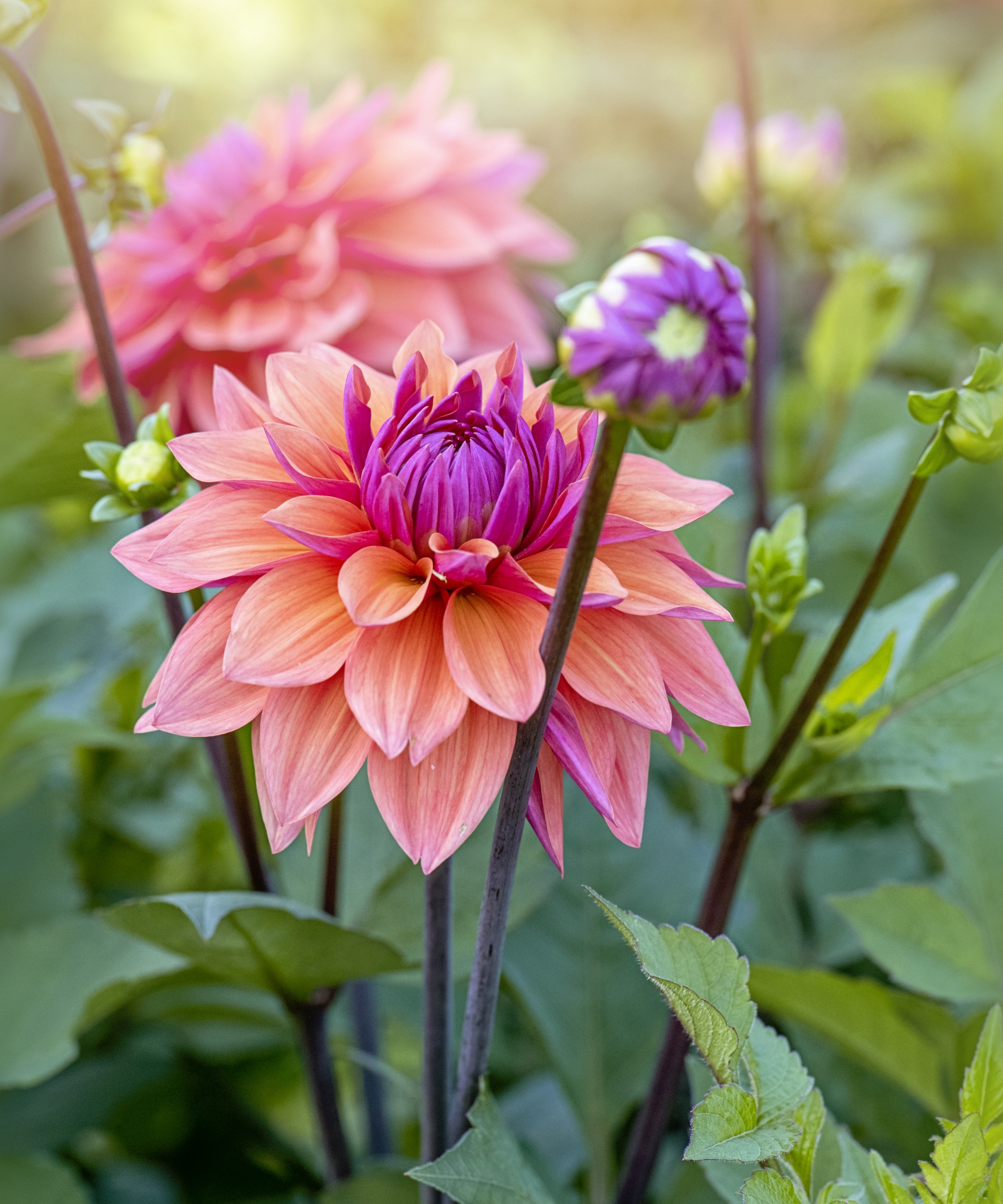
Montbretia (Crocosmia) Spikes of fiery mid or late summer flowers in red, orange, golden and yellow shades open among upright, sword-shaped foliage. Dig up in fall and store frost free in zone 4.
Dahlia (Dahlia) Spectacular, often multi-colored flowers up to dinner plate size will catch your eye from across the yard. Dig up in fall and store frost free in zone 4.
Lily (Lilium) Elegant, sometimes flamboyant flowers in a wide color range, many prettily spotted, on upright stems. Some are strongly scented.
Also try: Autumn crocus (Colchicum), hardy cyclamen (Cyclamen hederifolium), Persian buttercup (Ranunculus).
Native shrubs
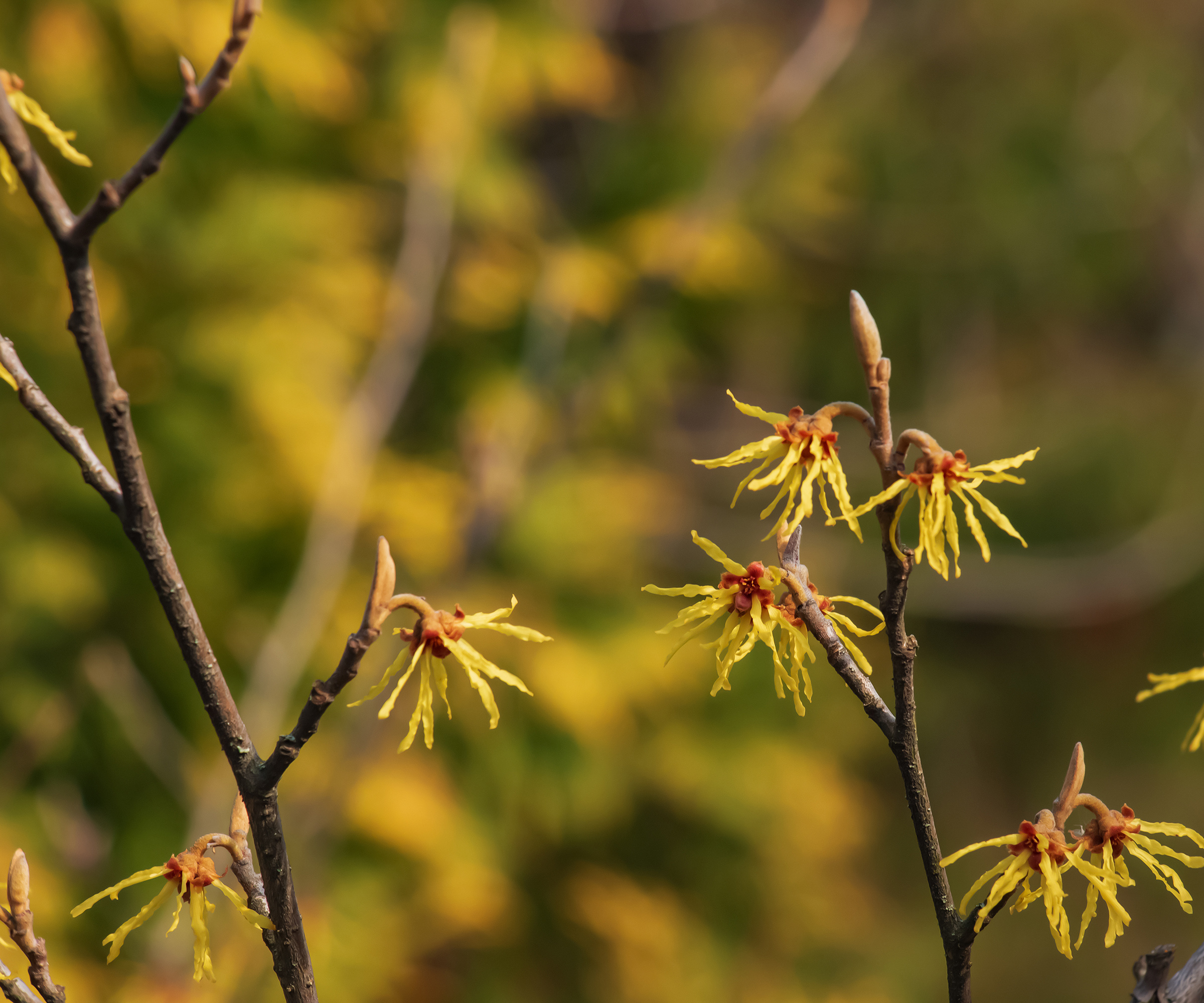
Witch hazel (Hamamelis) Fall flowering common witch hazel (Hamamelis virginiana) and spring flowering vernal witch hazel (Hamamelis vernalis), are both yellow-flowered and both are scented.
Fragrant sumach (Rhus aromatica) Splendid native suckering ground cover with yellow spring catkins and red fall foliage color. Grows well in dry conditions.
Virginia rose (Rosa virginiana) A classic American wild rose with bright pink flowers, orange fall leaf color and red winter stems.
Also try: Red buckeye (Aesculus pavia), smooth hydrangea (Hydrangea arborescens), arrowwood (Viburnum dentatum).
Native perennials

Butterfly weed (Asclepias tuberosa) Upright stems, spiraled with leaves, feature clusters of vivid orange flowers in late summer and early fall fallowed by long slim pods.
False indigo (Baptisia australis) Elegant spikes of blue or purple, pea-like spring flowers are followed by inflated black seed pods. Spreads steadily to make a large plant.
Coneflower (Echinacea) Large, single or double, daisy flowers face upward on slightly bristly stems with petals in purple or white plus red or orange surround a honeyed central cone.
Also try: Columbine (Aquilegia canadensis), oxeye (Heliopsis helianthoides), Rattlesnake master (Eryngium yuccifolium).
Annuals
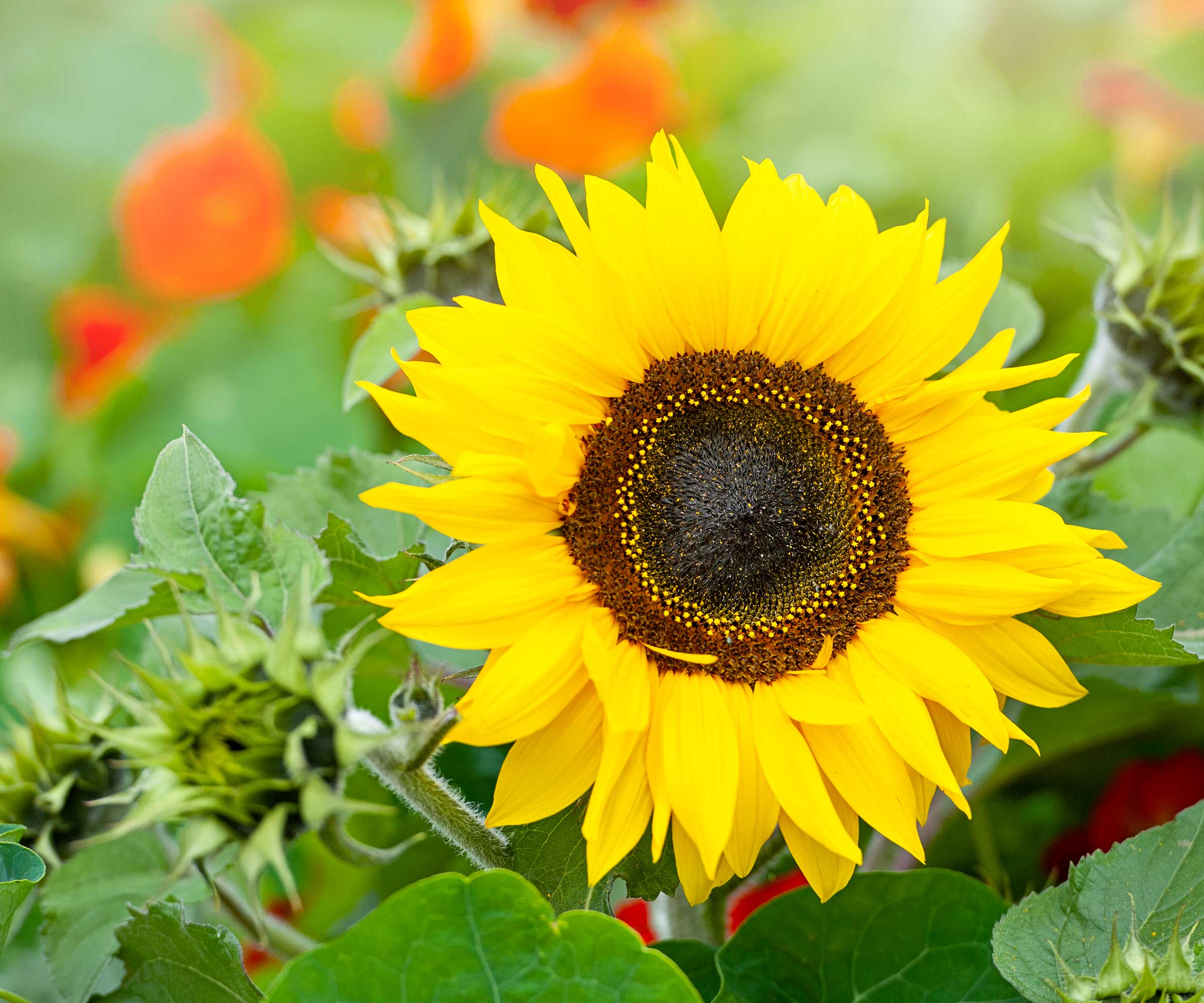
Sweet pea (Lathyrus odoratus) Colorful and fragrant, try starting seeds outside in fall although starting in spring is more dependable.
Alyssum (Lobularia) Low and bushy, the scented flowers come in dazzling white plus purple and mauve shades. Plants will often appear around the garden.
Sunflower (Helianthus) Big and bright yellow or orange daisy flowers grow from large and easy-to-handle seeds. Ideal for kids.
Also try: Monkey flower (Mimulus), petunia (Petunia), marigold (Tagetes).
Vegetables
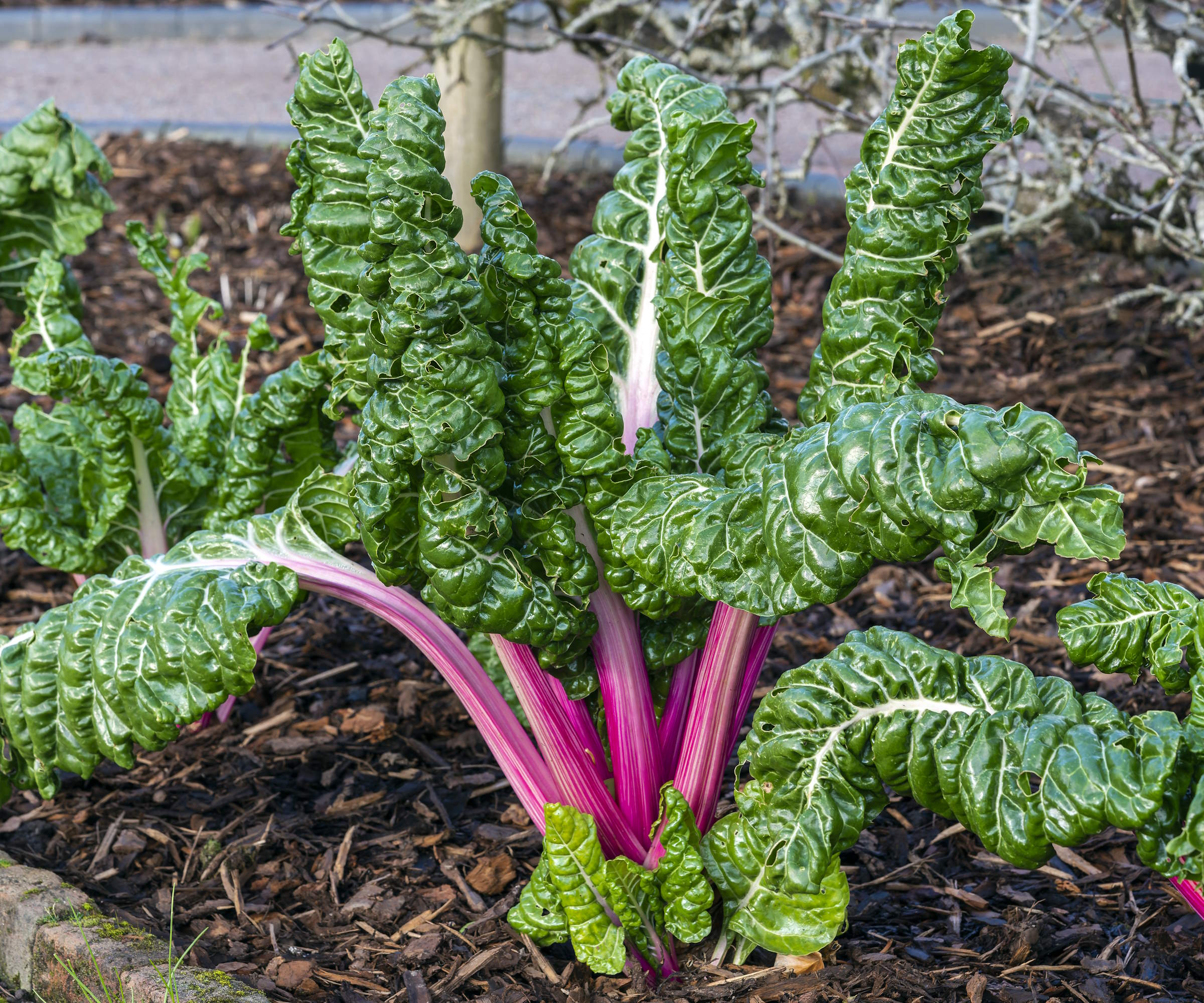
Chard: Similar to spinach, but easier to grow and with a longer cropping period. Rich green leaves now come with stems in purple and orange as well as red, white and green. More reliable than spinach.
Cucumbers: Growing small-fruited vining varieties in pots against a warm wall is usually the most reliable approach. Be sure to pick regularly.
Tomatoes: In zone 4, tomatoes are best grown in pots in a sunny place. Start by trying favorite local varieties.
Also try: Lettuce, Rhubarb, Zucchini.
Fruits
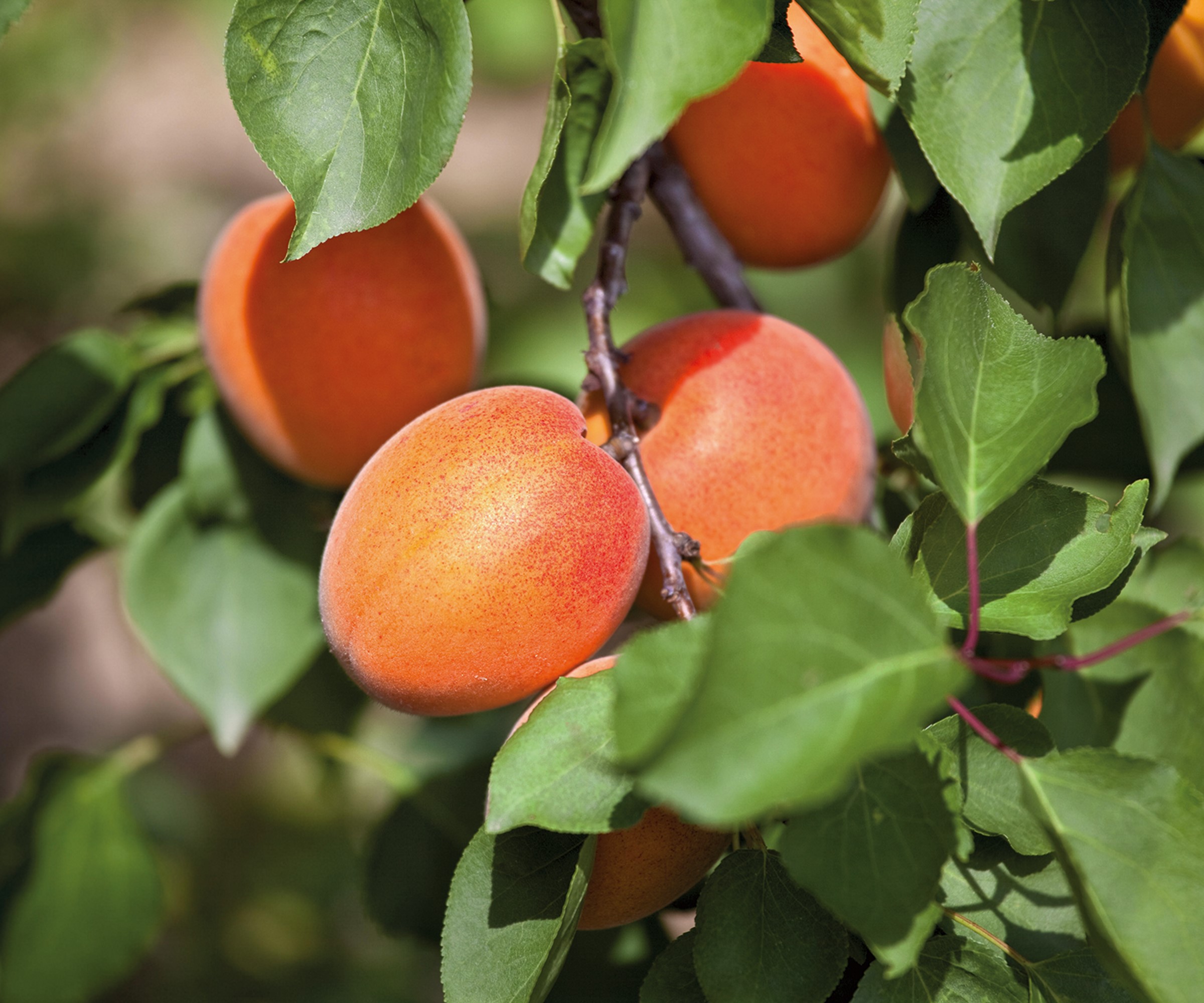
Apples: The best cold-winter tree fruits, check for local advice on proven varieties for your area but be sure to try new introductions which may have better disease resistance.
Apricots: Surprisingly cold tolerant, but still best planted against a wall and especially against a chimney which will provide a little extra coziness. Consult your local extension service for guidance on varieties.
Cherry: Sour cherries are hardier and more tolerant of long cold winters than sweet cherries and so are more reliable in zone 4. They also mature to smaller trees.
Also try: Blueberries, raspberries, strawberries.
The less extremes of temperatures experienced in zone 4 means you can grow a wide range of plants, trees and vegetables in your yard. If you're inspired to get started, you might find our guide on raised bed garden ideas useful, to get your growing off to a productive start.
Sign up to the Homes & Gardens newsletter
Design expertise in your inbox – from inspiring decorating ideas and beautiful celebrity homes to practical gardening advice and shopping round-ups.

Graham Rice is a garden writer who has won awards for his work online, and in books and magazines, on both sides of the Atlantic. He is a member of a number of Royal Horticultural Society committees and the recipient of the 2021 Garden Media Guild Lifetime Achievement Award. He gardened in Pennsylvania for 20 years, but has recently returned to his native England.
-
 Miley Cyrus breaks a cardinal decorating rule with her 'floating table' – her unexpected layout transforms a dead space into a stylish breakfast area
Miley Cyrus breaks a cardinal decorating rule with her 'floating table' – her unexpected layout transforms a dead space into a stylish breakfast areaThe singer tosses aside the maxim that furniture shouldn't be floating in the middle of the room with an innovative kitchen layout
By Sophie Edwards Published
-
 It’s a concept straight out of a fashionista's playbook, but I used the Sandwich Method to organize my kitchen shelves – it’s never looked sleeker
It’s a concept straight out of a fashionista's playbook, but I used the Sandwich Method to organize my kitchen shelves – it’s never looked sleekerIt transformed messy to mesmerizing in a matter of seconds
By Punteha van Terheyden Published